Only a boat ride away from the beaches of Bali, there exists a place where tourism has not yet spoiled the calmness. There is no pier for large boats to dock, limiting the amount of people who come to stay on this island. There is no place for nightlife here, which has preserved a true feeling of island silence. Though the coastline is still scattered with guesthouses, hotels, and tourist-friendly restaurants, tourism does not intrude on the local lifestyle. Both worlds exist together on Nusa Lembongan, creating a perfect place for a low key island getaway in Bali.
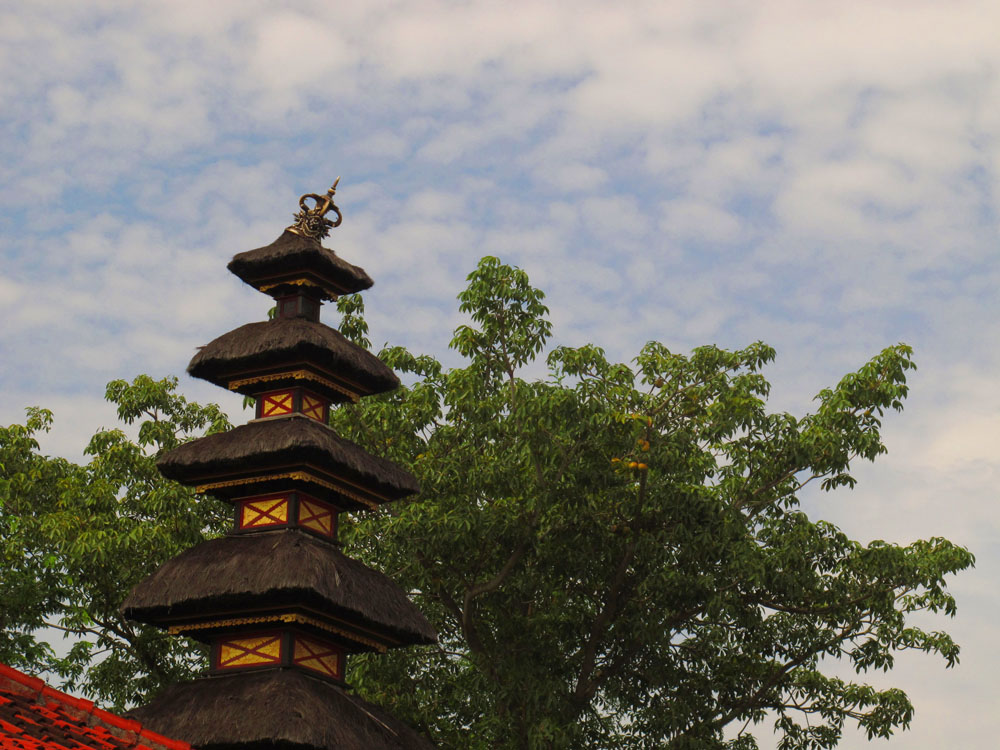 Nusa Lembongan was our last international destination on The Trip. It was the last place we explored, the last place we chose on the spot, the last place we arrived without a deadline, a timeline, or expectation. Over the week we spent on here, both of us went through waves of happiness and sadness, of apprehension and panic. This was our farewell stop on our venture to explore the world beyond the boundaries of vacation. There was no better place, however, than here to celebrate and to lament our transition back to New York. For many reasons, it was a place representative of everything one can find if given the freedom of time.
Nusa Lembongan was our last international destination on The Trip. It was the last place we explored, the last place we chose on the spot, the last place we arrived without a deadline, a timeline, or expectation. Over the week we spent on here, both of us went through waves of happiness and sadness, of apprehension and panic. This was our farewell stop on our venture to explore the world beyond the boundaries of vacation. There was no better place, however, than here to celebrate and to lament our transition back to New York. For many reasons, it was a place representative of everything one can find if given the freedom of time.
To get to the island, most people take either a speed boat or a local boat from Sanur. In our case coming from Amed, we took a small fishing boat from Padangbai on the eastern side of Bali. Our captain and his first mate (father and eight year old son) took us on a slow, hour and a half long trip over the straight from Bali to the Nusa Lembongan, stopping midway to repair the engine which broke ten minutes outside of Padangbai. After cruising beyond the Shipwrecks surf break of Lembongan, we reached the sands of Jungut Batu Beach on the northwest side of the island. At a small roadside warung, we stopped for some nasi goreng and a jaffle, before searching for a hotel along the water.
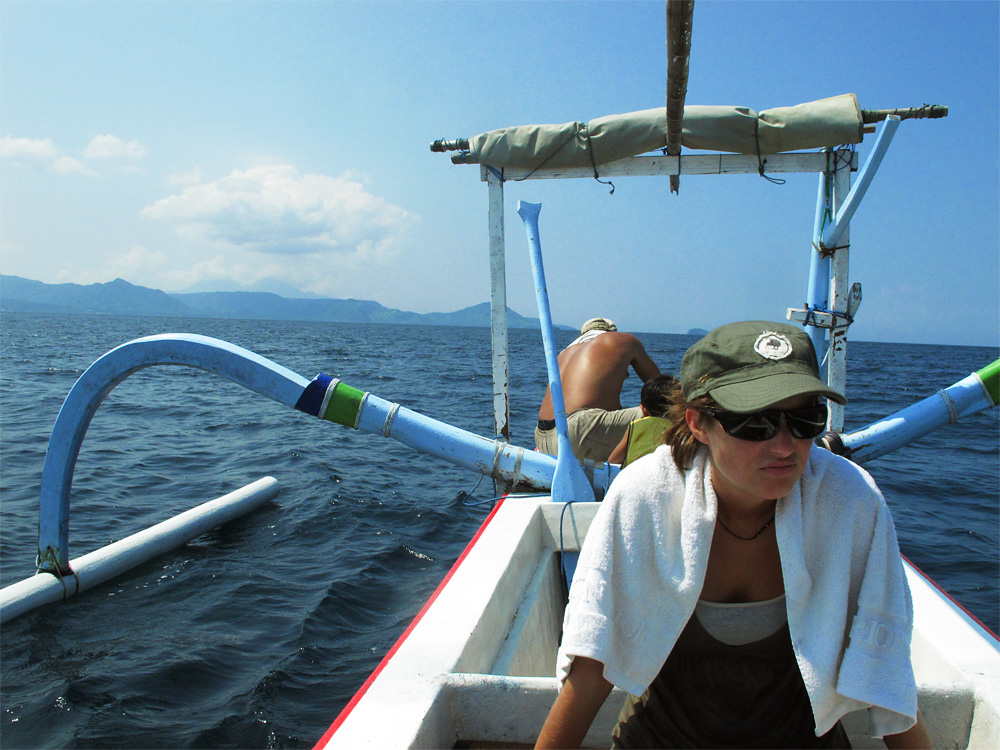
During our week on Nusa Lembongan, we took advantage of the lack of mainstream commercial tourism and enjoyed the quiet off-the-path vibe of the island. Once you leave the Jungut Batu Beach and head back towards town, all tourism is left behind, with the exception of a Westerner-friendly warung here and there. The road is trafficked by motorbikes and the few small cars that made it onto the island. Mostly though, people walk and bicycle down the street to visit friends at traditional Balinese complexes, temples, and shops.
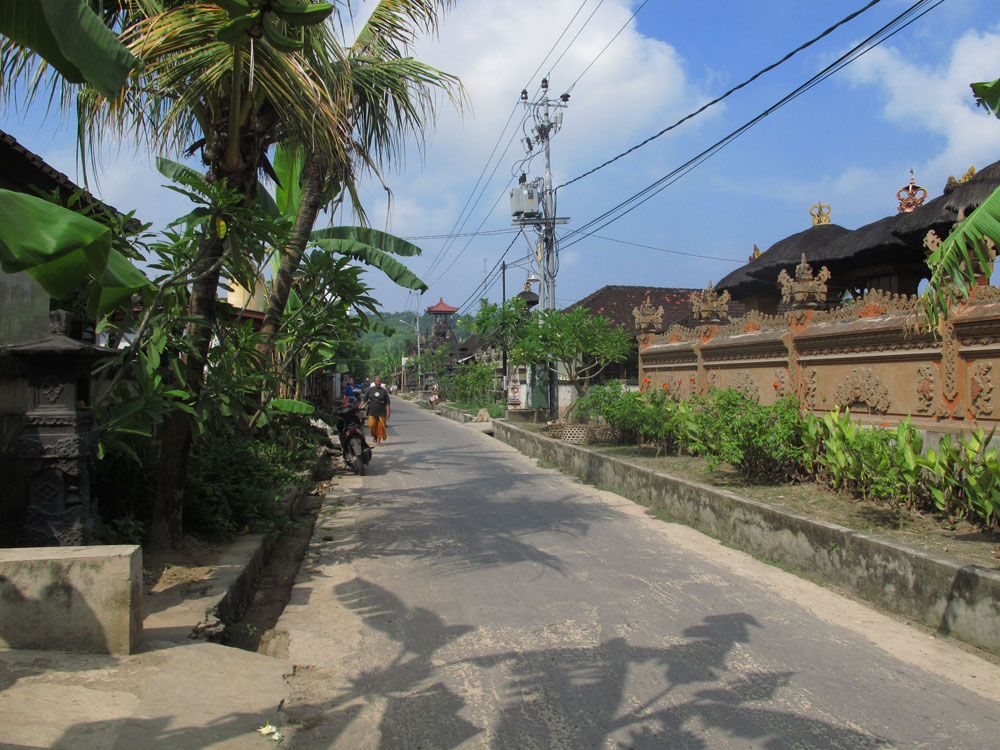 Since the island’s main export and source of money is seaweed farming (used to make carrageenan), its hard to go anywhere without seeing seaweed drying on a mat, or smelling its distinctive smell. Since the waters in Jungut Batu bay are extremely shallow, it creates a perfect farming location for this export. You can see the crop demarcations clearly under the water in the bay, and even more clearly when the tide goes out and the seaweed is exposed. Once farmers harvest the seaweed, it is left in the sun to dry, before being shipped off to Bali.
Since the island’s main export and source of money is seaweed farming (used to make carrageenan), its hard to go anywhere without seeing seaweed drying on a mat, or smelling its distinctive smell. Since the waters in Jungut Batu bay are extremely shallow, it creates a perfect farming location for this export. You can see the crop demarcations clearly under the water in the bay, and even more clearly when the tide goes out and the seaweed is exposed. Once farmers harvest the seaweed, it is left in the sun to dry, before being shipped off to Bali.
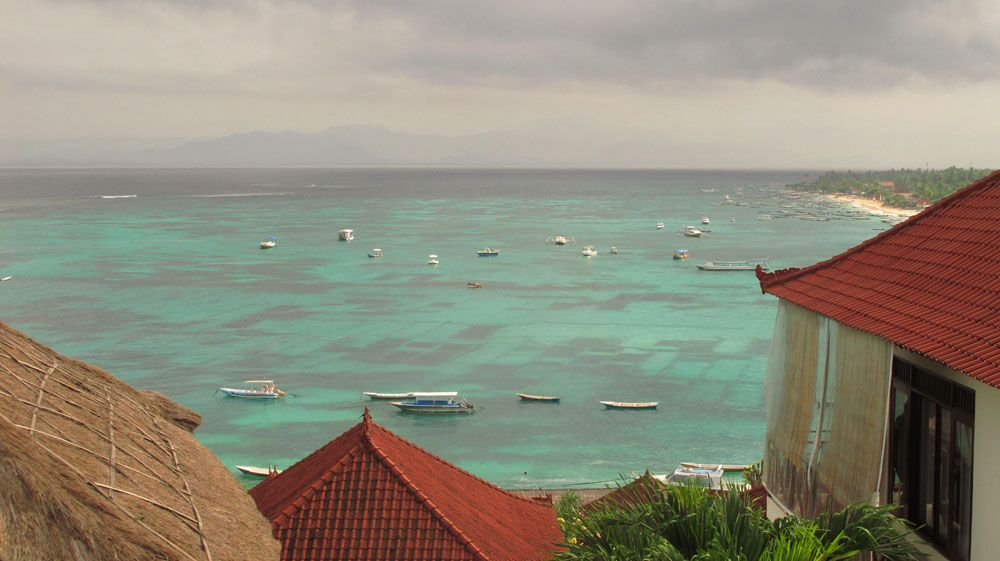 If you rent a bike to ride to the north of the island, you will get to a completely local area where the road loses is evenness to the eroding sand below it, and seaweed is strewn over almost every free surface. People live here, away from the villages and the hotels, in a traditional Balinese way. There are no hotels, there are no warungs. It is only at the end of the road when you reach the mangroves, where a few small bungalows are being constructed, that you remember you are still on an island with other tourists.
If you rent a bike to ride to the north of the island, you will get to a completely local area where the road loses is evenness to the eroding sand below it, and seaweed is strewn over almost every free surface. People live here, away from the villages and the hotels, in a traditional Balinese way. There are no hotels, there are no warungs. It is only at the end of the road when you reach the mangroves, where a few small bungalows are being constructed, that you remember you are still on an island with other tourists.
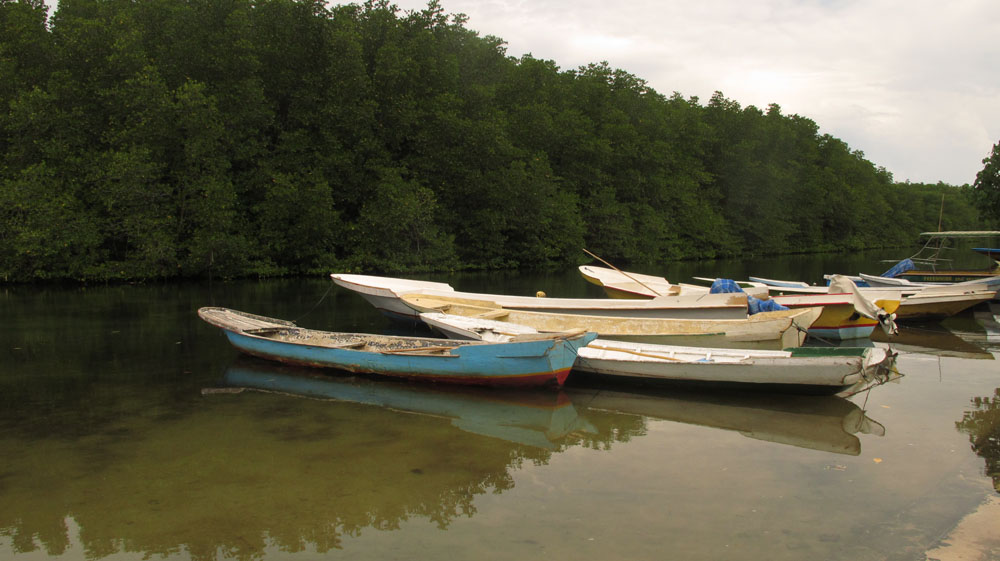 Riding even further away from the beaches and further away from the main road, you come across Balinese temples, shrouded by palms, that exist quietly in the backroads of Jungut Batu Village. Even further, there are schools for local children and large family compounds among the tropical greenery. It’s hard to find much traffic over here as the roads give way to mud and rocks. Without the noise of cars, it is quiet. The only sounds are of wildlife and the odd motorbike careening over the lose asphalt. This the Bali I pictured. Though not as vast as the sweeping rice fields of Ubud, and not as robust as the pounding waves hitting the cliffs of Pura Tanah Lot, real life is here. Just like we found in Koh Jam, Thailand, and just like we found in Bandipur, Nepal. If only for a minute, if only to see one small piece of real Balinese life, the ride on these sagging roads made me truly believe we had seen something special.
Riding even further away from the beaches and further away from the main road, you come across Balinese temples, shrouded by palms, that exist quietly in the backroads of Jungut Batu Village. Even further, there are schools for local children and large family compounds among the tropical greenery. It’s hard to find much traffic over here as the roads give way to mud and rocks. Without the noise of cars, it is quiet. The only sounds are of wildlife and the odd motorbike careening over the lose asphalt. This the Bali I pictured. Though not as vast as the sweeping rice fields of Ubud, and not as robust as the pounding waves hitting the cliffs of Pura Tanah Lot, real life is here. Just like we found in Koh Jam, Thailand, and just like we found in Bandipur, Nepal. If only for a minute, if only to see one small piece of real Balinese life, the ride on these sagging roads made me truly believe we had seen something special.
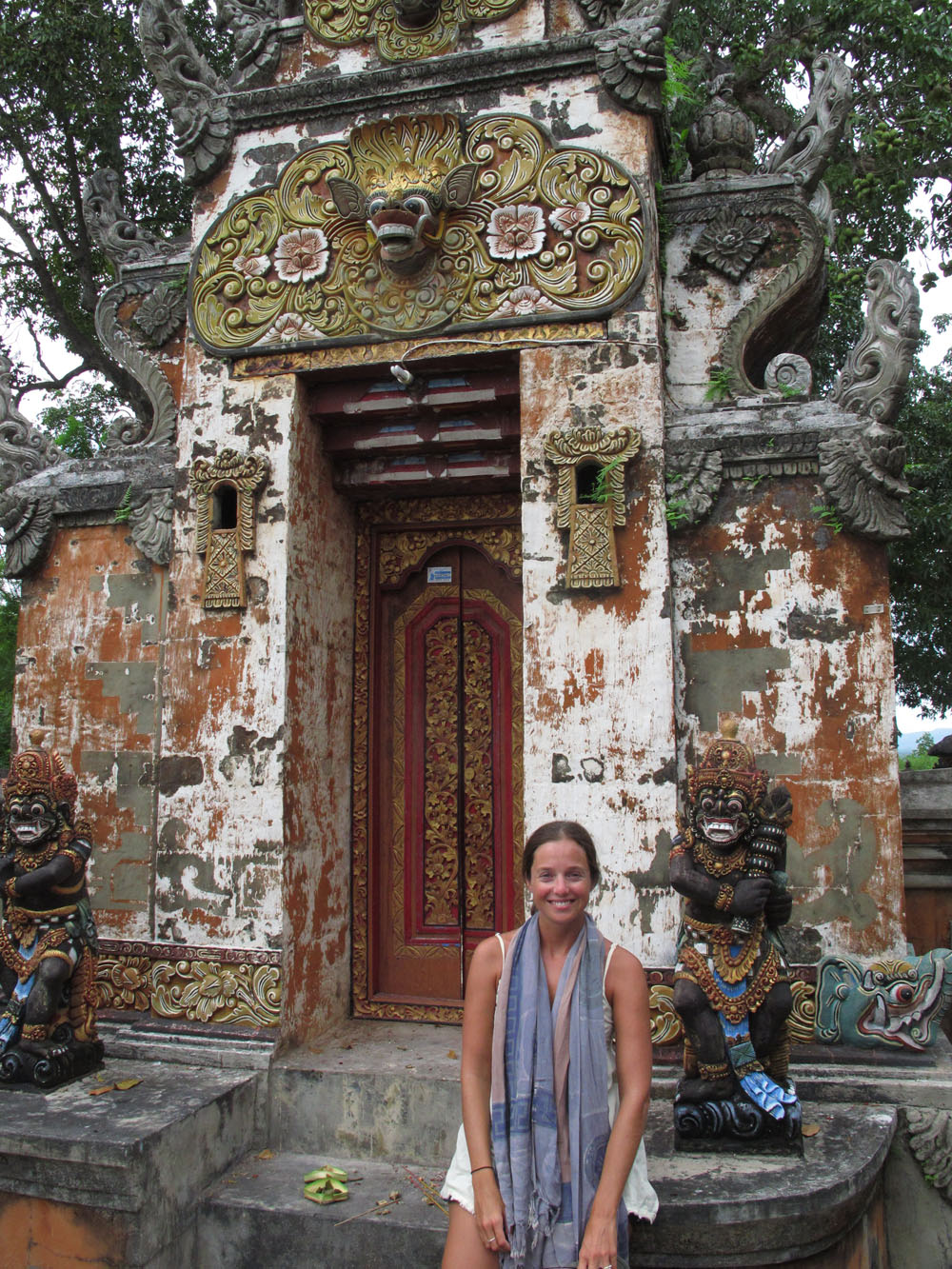
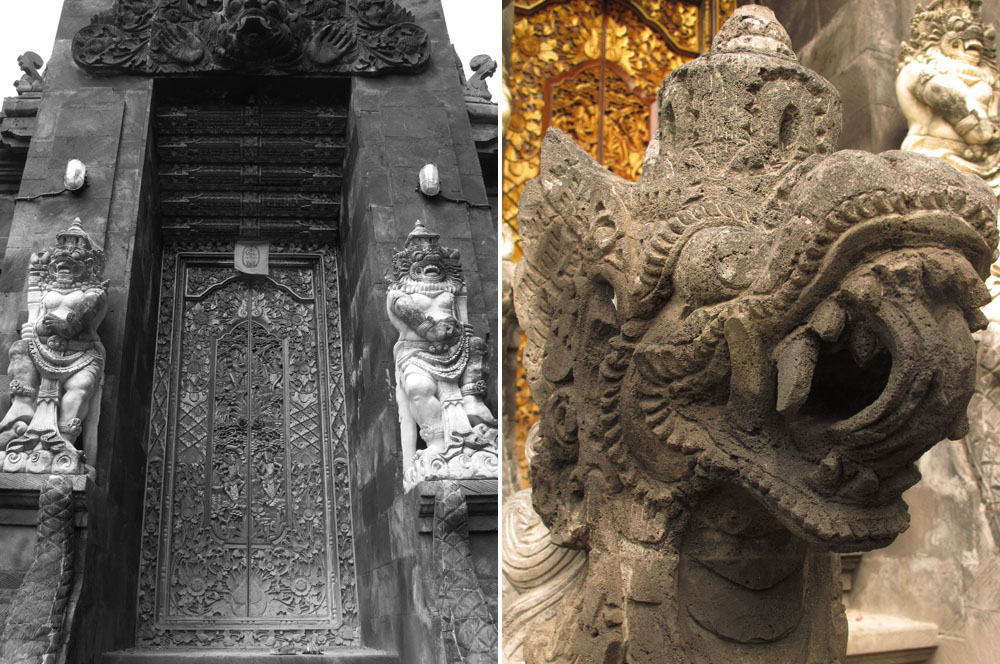
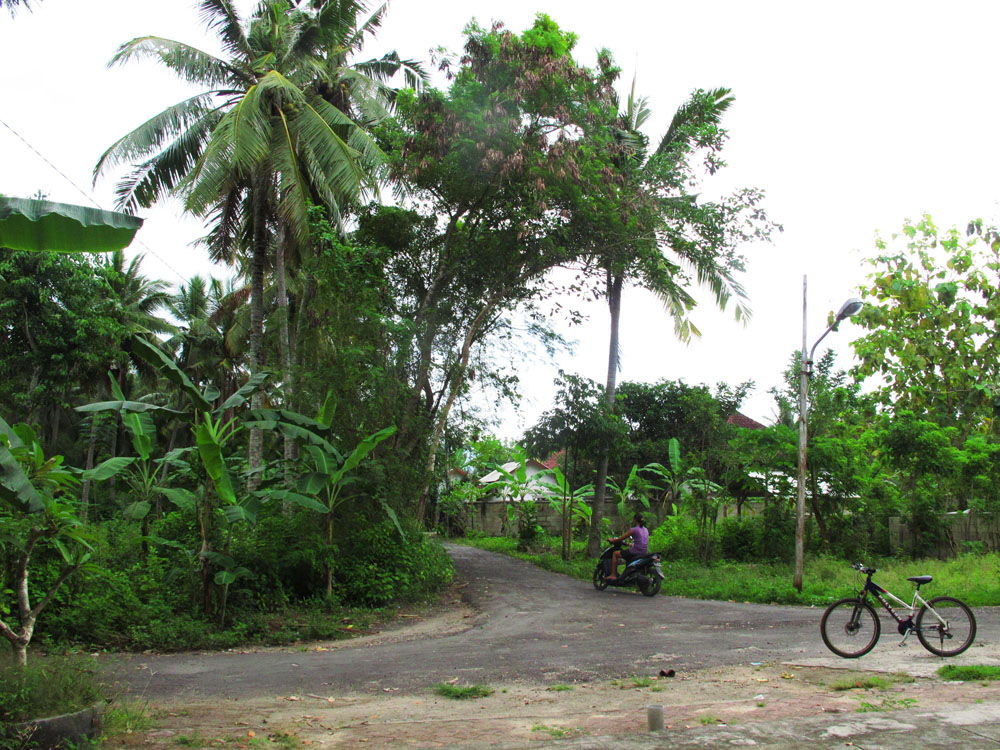 In the other direction, there are small beaches and bays that line the western and southern coast of the island. You can walk from Jungut Batu to Mushroom Bay, passing Song Lambung Bay and Tamarind Bay on the 45-minute journey. Once you cross through pastureland and over to the southern end of NL, you’ll arrive at Mushroom Beach, where the day trippers from Bali are brought on dayboats. It is a completely different island over here. Silence gives way to the noise of motorboats shuttling people back and forth from the catamarans moored in the distance. More and more luxury hotels are being built in this area as the beaches and cliffs are not host to seaweed farming and become better venues for secluded resorts. Still, it is clear you are not in the mainstream areas of Bali as once the catamarans return to Sanur, island silence prevails at night.
In the other direction, there are small beaches and bays that line the western and southern coast of the island. You can walk from Jungut Batu to Mushroom Bay, passing Song Lambung Bay and Tamarind Bay on the 45-minute journey. Once you cross through pastureland and over to the southern end of NL, you’ll arrive at Mushroom Beach, where the day trippers from Bali are brought on dayboats. It is a completely different island over here. Silence gives way to the noise of motorboats shuttling people back and forth from the catamarans moored in the distance. More and more luxury hotels are being built in this area as the beaches and cliffs are not host to seaweed farming and become better venues for secluded resorts. Still, it is clear you are not in the mainstream areas of Bali as once the catamarans return to Sanur, island silence prevails at night.
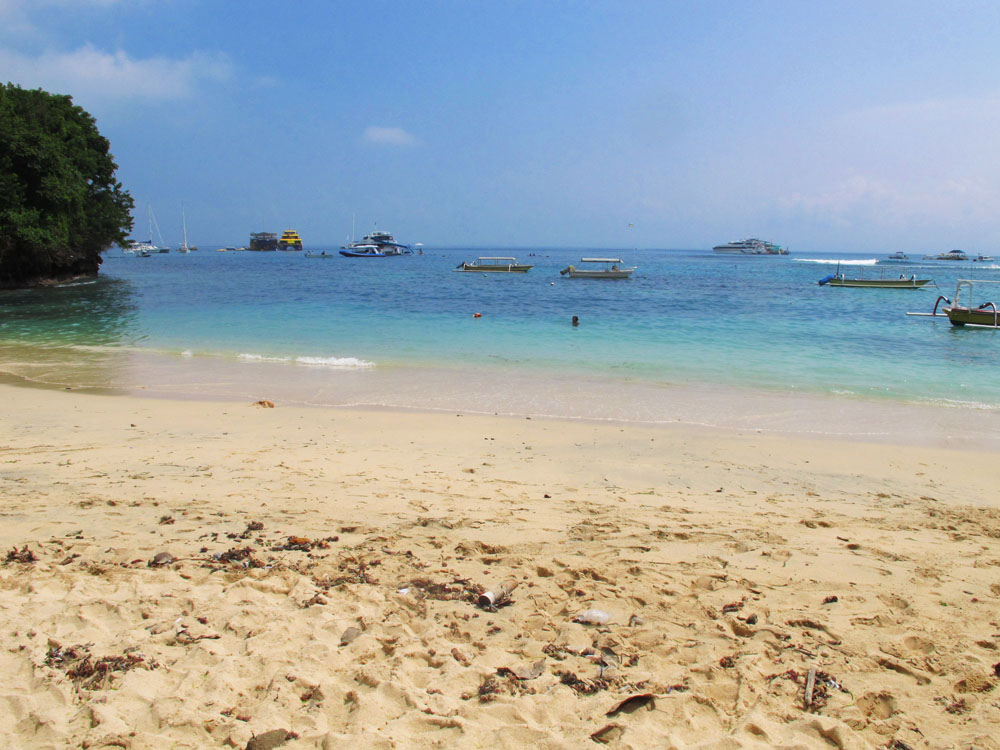 Aside from biking around the island, another good way to explore is to snorkel the reefs on a small boat. For only $20, we hired a small fishing boat and a guide to take us to a few of the smaller reefs around Lembongan, locations where the large group trips cannot go. In these places, coral thrives and fish are teeming. I’ve never seen a more colorful and vibrant environment underwater than what lies off the coasts here. Soft corals, hard corals, blues, reds, greens, yellows. Small fish, colorful and patterned themselves, moving in harmony with the undulation of the water. As there are so many large schools of fish here, you can control their movement with graceful underwater motion of your arms and legs. It’s almost as if you are the conductor of a symphony, directing an orchestra of musicians. The movement of your arms changes the speed and direction of the fish, which is an incredible sight. I’ve never been a huge fan of underwater cameras, but this is the one instance in my life where I regret not having one, purely to capture the memory of what an underwater untouched world should look like.
Aside from biking around the island, another good way to explore is to snorkel the reefs on a small boat. For only $20, we hired a small fishing boat and a guide to take us to a few of the smaller reefs around Lembongan, locations where the large group trips cannot go. In these places, coral thrives and fish are teeming. I’ve never seen a more colorful and vibrant environment underwater than what lies off the coasts here. Soft corals, hard corals, blues, reds, greens, yellows. Small fish, colorful and patterned themselves, moving in harmony with the undulation of the water. As there are so many large schools of fish here, you can control their movement with graceful underwater motion of your arms and legs. It’s almost as if you are the conductor of a symphony, directing an orchestra of musicians. The movement of your arms changes the speed and direction of the fish, which is an incredible sight. I’ve never been a huge fan of underwater cameras, but this is the one instance in my life where I regret not having one, purely to capture the memory of what an underwater untouched world should look like.
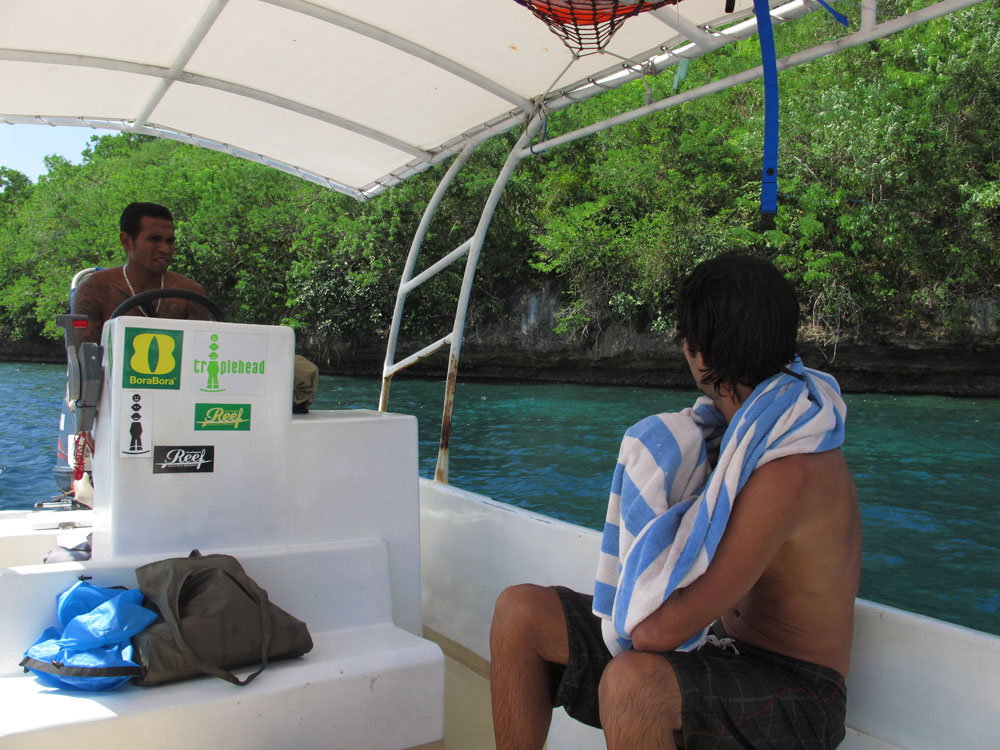
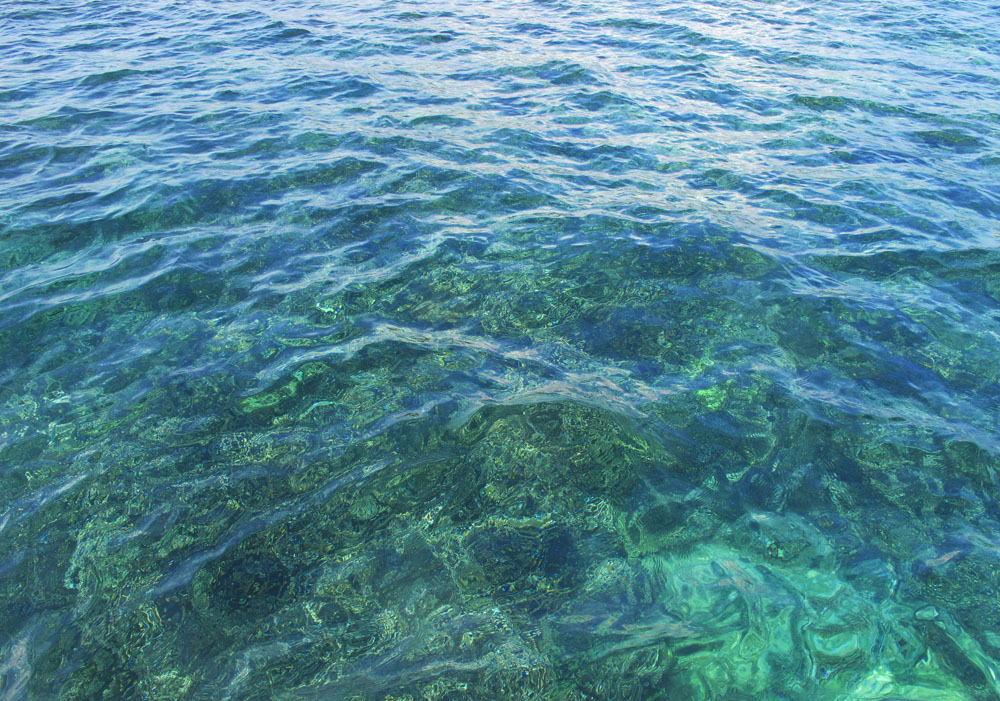
Back at Jungut Batu bay, the hotels and warungs that line the beach still offer a laid back environment, even though it’s all there for foreigners. Beach cafes on the sand, decks built out over the cliffs to overlook sunset, bungalows perched on the hillside with panaromic views of the bay – none of this destroys the feeling of calm. The light still wakes us up at sunrise, offerings are still delivered on our front porch in the morning, the sun still lights up the volcano and foothills of Bali at dusk. Farmers still work their seaweed crops at low tide, children still go to school. We are a part of the daily routine here on the island, we add to it, we live beside it, we don’t interfere. My wish is that what we experienced on Nusa Lembongan is not an exception but exists everywhere everywhere, only waiting to be found by those daring enough to give themselves time to discover it. I only hope I’m able to keep searching for places like this, and one day, find another place that made me as appreciative and hopeful as Nusa Lembongan has.
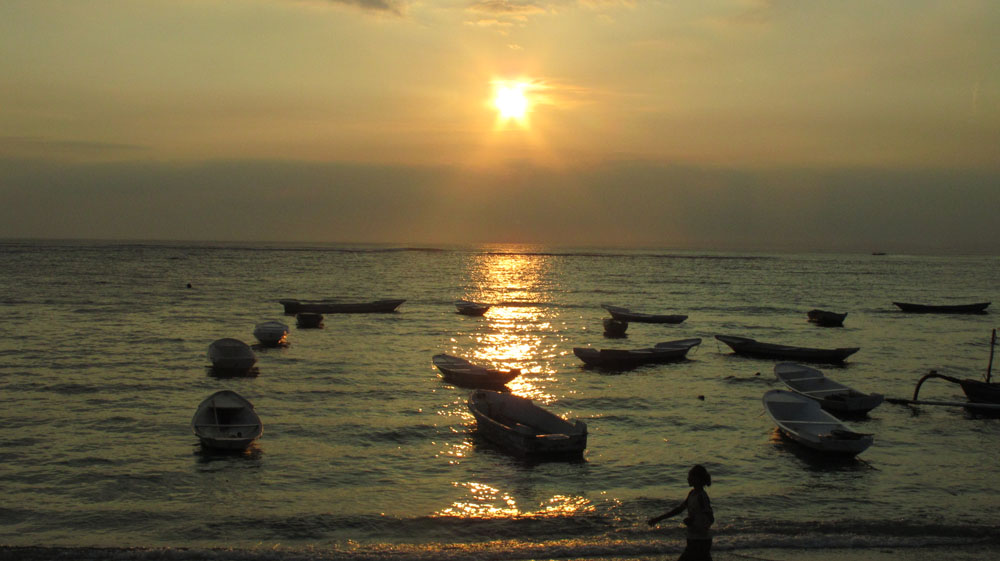
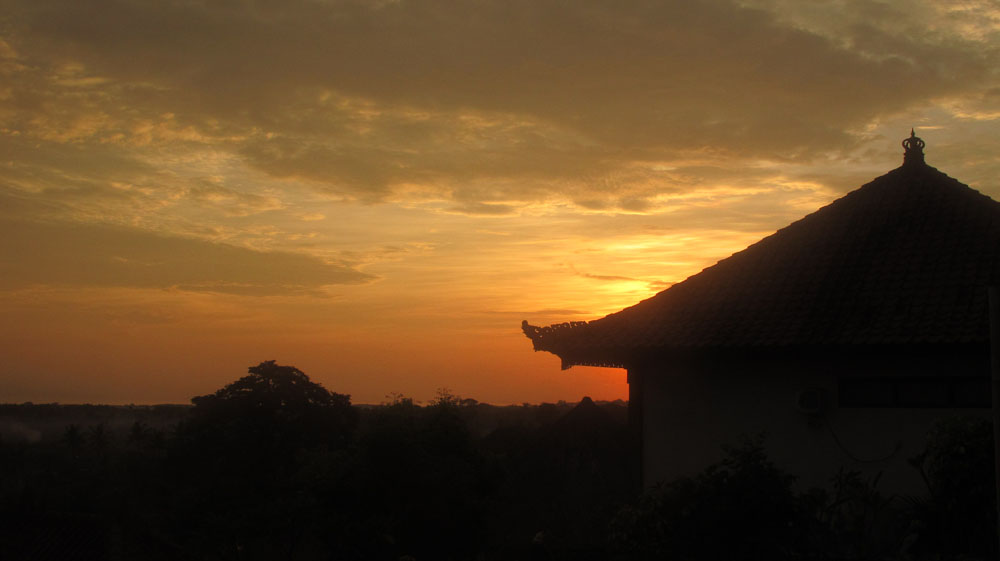
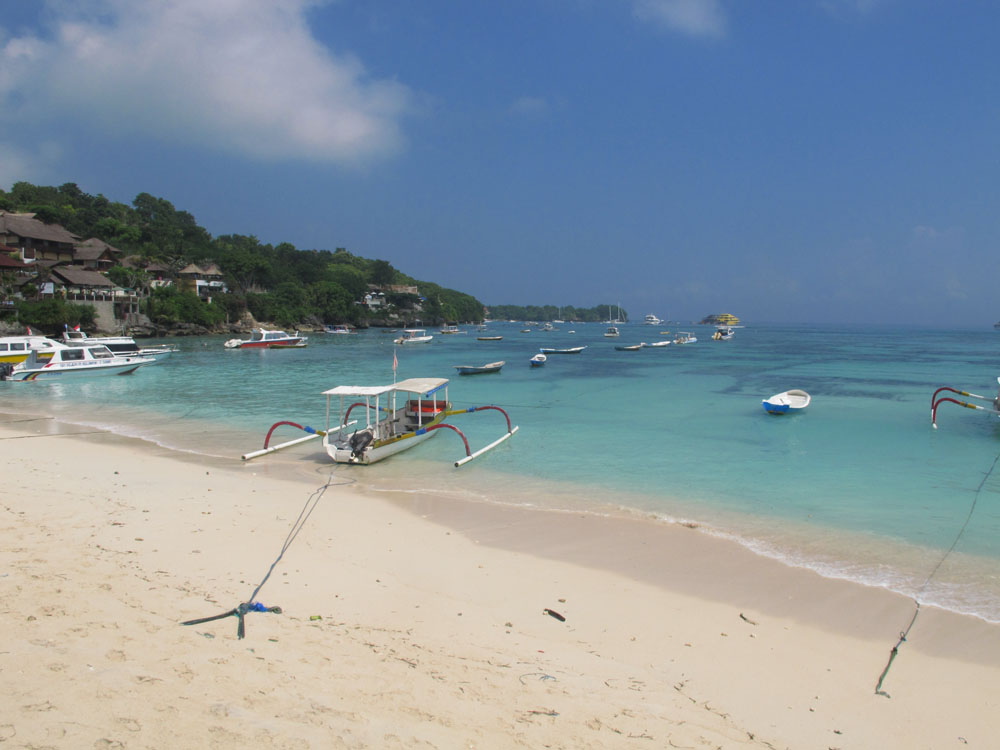
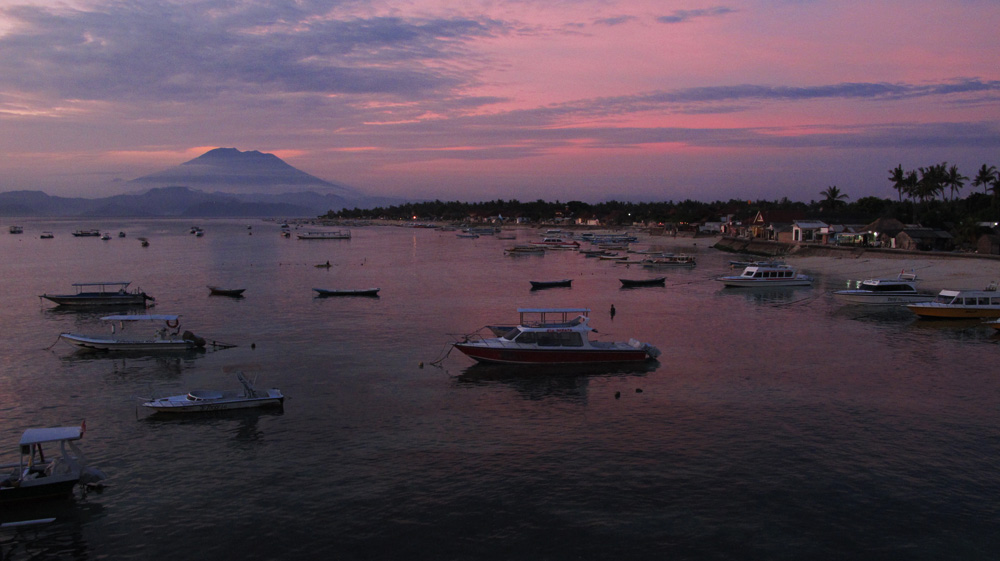
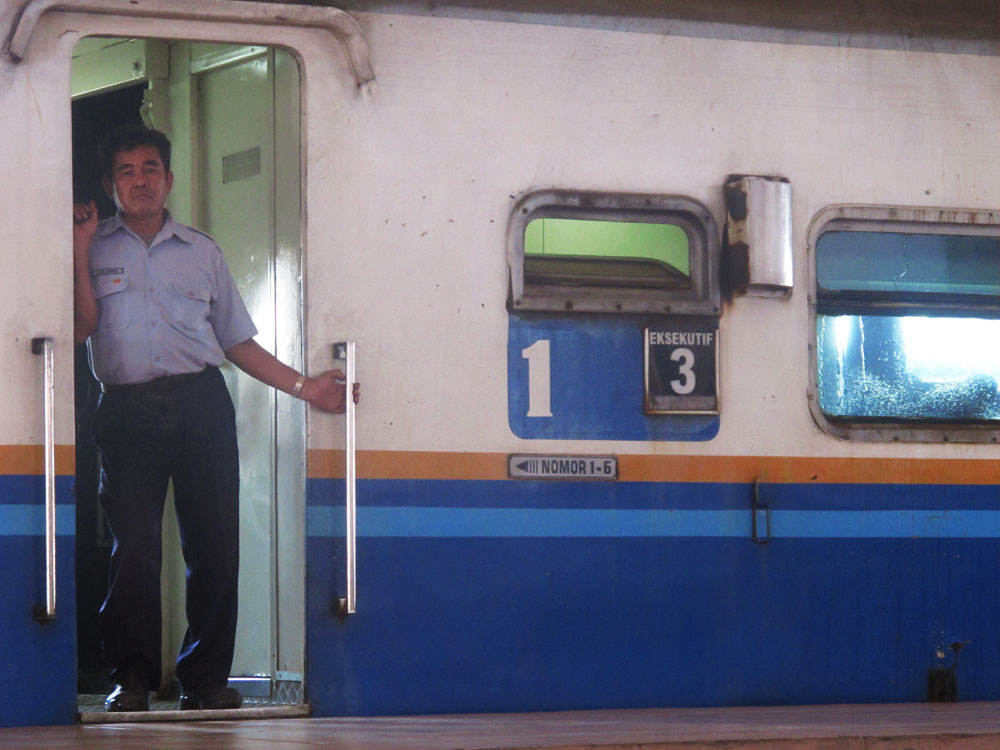
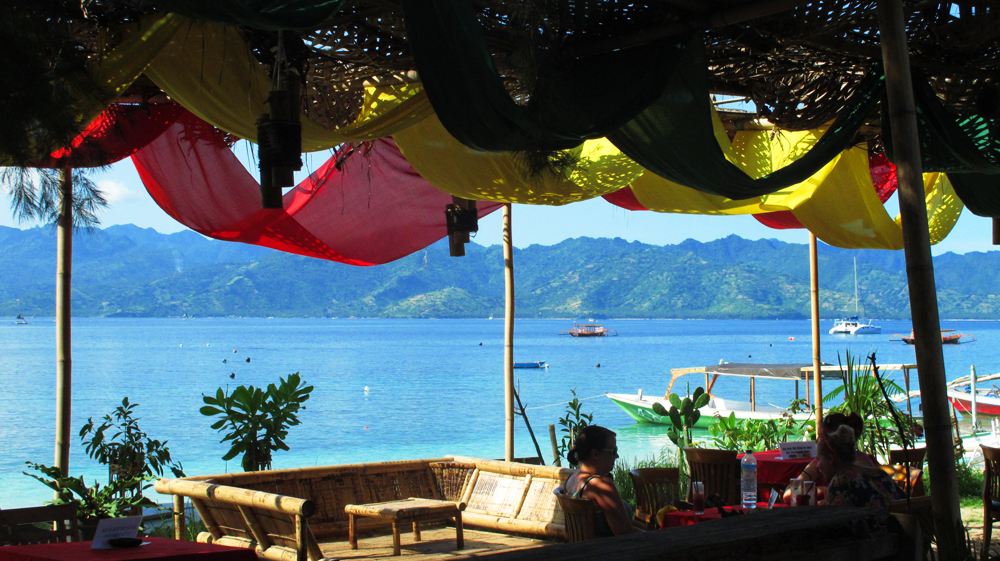
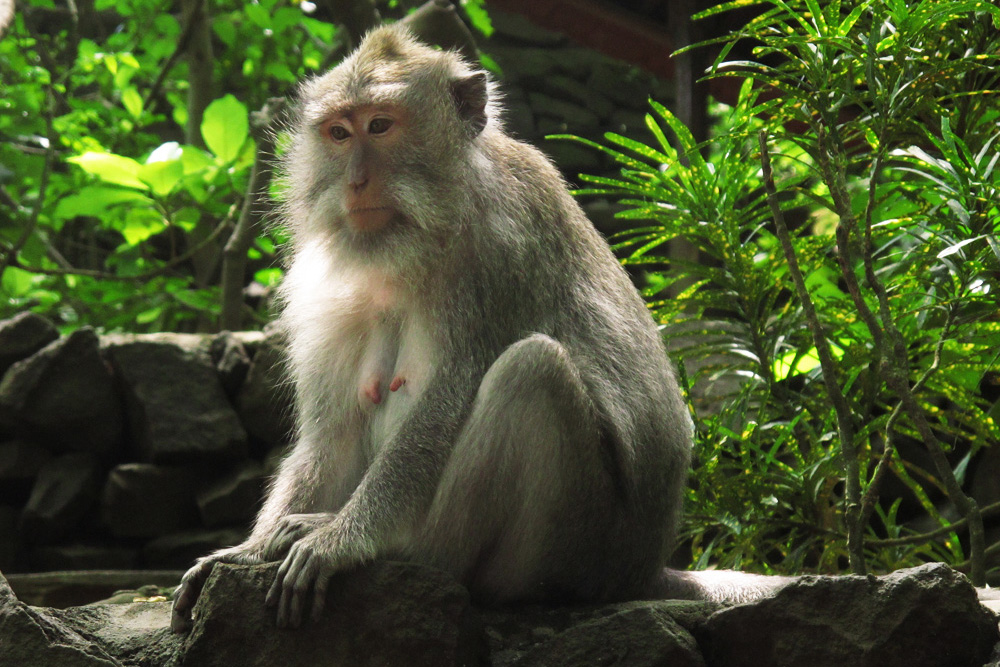
No Comments